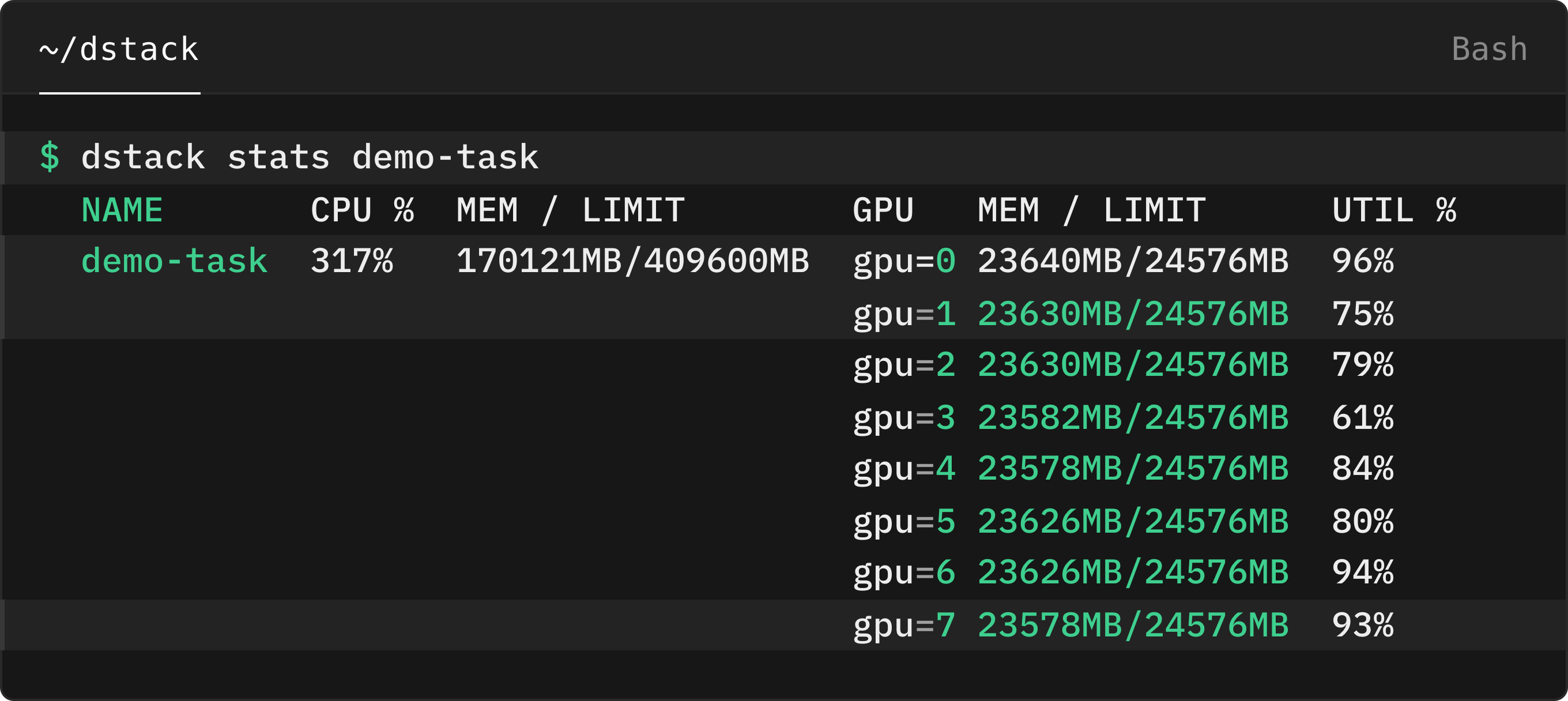Introducing instance volumes to persist data on instances
How it works
Until now, dstack supported data persistence only with network volumes, managed by clouds.
While convenient, sometimes you might want to use a simple cache on the instance or
mount an NFS share to your SSH fleet. To address this, we're now introducing instance volumes that work for both cases.
type: task
name: llama32-task
env:
- HF_TOKEN
- MODEL_ID=meta-llama/Llama-3.2-3B-Instruct
commands:
- pip install vllm
- vllm serve $MODEL_ID --max-model-len 4096
ports: [8000]
volumes:
- /root/.dstack/cache:/root/.cache
resources:
gpu: 16GB..


